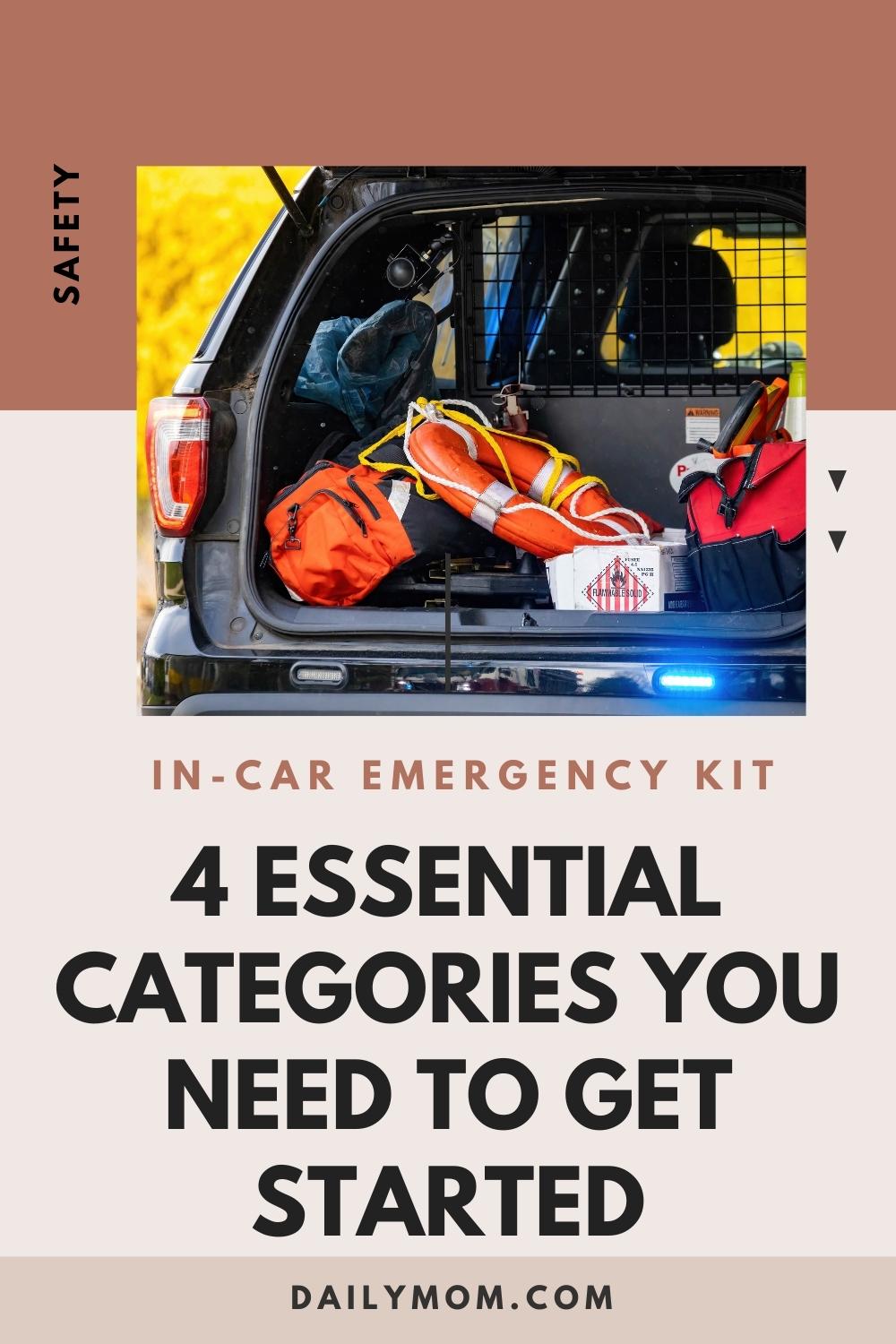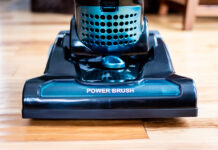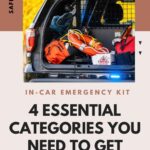No one wakes up wanting to be labeled a catastrophizing conspiracy theorist or prepper, but the last few years have proven that even the things we think are truly stable and predictable aren’t always what they seem, and an in-car emergency kit is one way you can prepare for the worst. Staying positive and seeing the best in everything is absolutely an advisable way to navigate life, but it’s also wise to be honest with ourselves and to recognize that life is unpredictable. Sometimes we need to be prepared for when things go a little sideways, and an in-care emergency kit can help you do just that.
We’re in our cars a lot, and chances are if things ever get truly wild that’s where most of us will pivot to get away. Maybe that escape will simply be a sporadic road trip, maybe it will be more serious. This guide serves as a starting point for building your best car emergency kit so you can be prepared for whatever life throws your way.
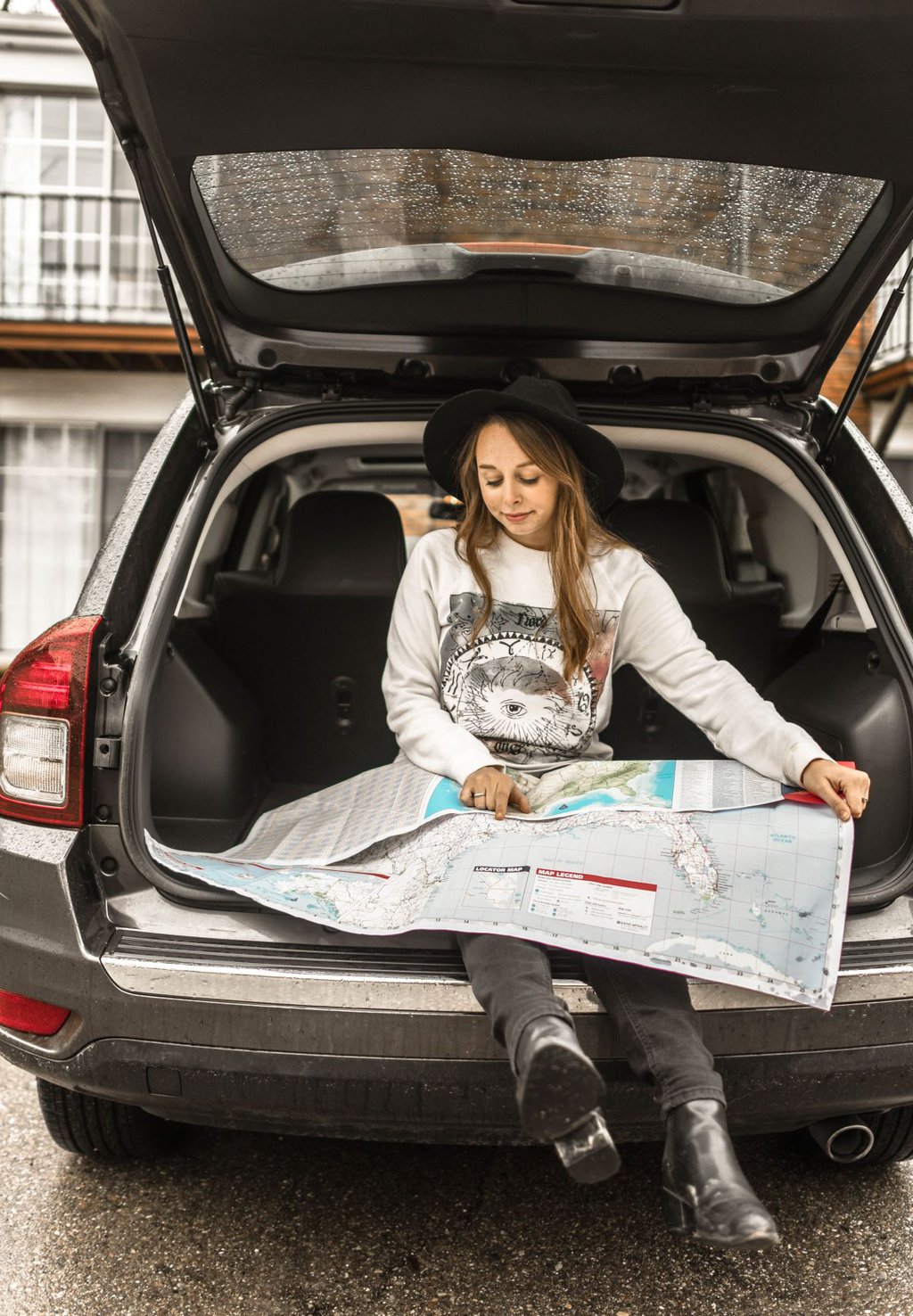
Storing Your In-Car Emergency Kit
Car space is limited, so the first thing you will want to do is determine how much space you need and the best place to store your in-car emergency kit. For storing, you might consider both ease of access and keeping your kit in a place where it won’t interfere with your everyday life. Some vehicles have extra deep storage in the trunk, and others have some built-in behind and under seats.
Once you have decided where your in-car emergency kit will live, it’s time to build out your actual storage. For on-the-road, durable heavy plastic containers make organizing simple and secure. You can stack smaller containers on one another or even inside larger containers and under seats. This keeps all of your essentials in one place so you aren’t scouring the floorboards in a true emergency.
If you have the space, you might also consider easy to grab go-bags like backpacks for an on-the-move option if you have to abandon your vehicle for any reason. Again, we’re not trying to be all doom-and-gloom, but the point of prepping an in-car emergency kit is to be prepared, right?
Read More: The Importance Of Planning For An Emergency
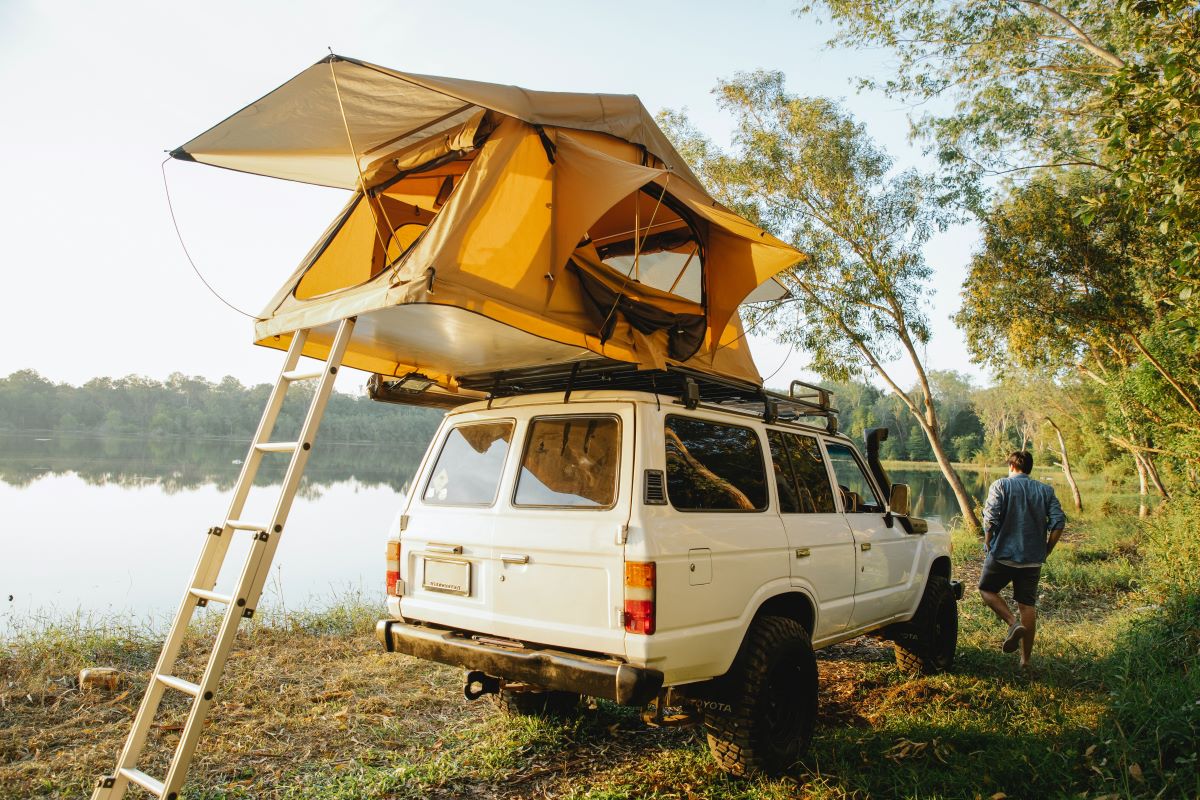
Living Essentials
With a storage system in place, you can begin adding to your in-car emergency kit. First things first—what do you need, at minimum, to survive? If we strip everything back to the basics, the answer to this question is water, food, and shelter. If you live somewhere with extreme weather, you’ll want to factor that into the kinds of products you store.
Water is essential to all life. It’s non-negotiable. Depending on your environment, you may choose to store bottled water or you may choose to invest in water collection containers and purification systems or devices. If there’s regular access to water, you can probably rely on collection and purification, but if water is scarce, you may want to keep some with you.
After hydration comes food. If we aren’t fed, we don’t get much done. There are lots of options here. Many packaged foods will store well in moderate temperatures, so you may choose dehydrated or canned foods, simplified products like protein bars, or, if you have access to them, ready-to-go meals like MREs (meals ready to eat, often distributed to military personnel).
With both food and water, a simple trick to ensure your in-car emergency kit isn’t expiring and you aren’t wasting food regularly is to rotate those items through your monthly/weekly grocery list. Buy what you need for your kit, store it for the period of time you’re comfortable with, and then rotate it into the house for immediate use, replacing it with fresh items periodically. No one wants to get caught thinking they were prepared only to find their supplies have all spoiled.
If there’s a possibility that you might abandon your vehicle, you will also want to secure a form of shelter. This will vary greatly depending on who all will need shelter (just you, you and a significant other, children, pets). A simple tent provides protection from sun and precipitation and can be as elaborate or basic as you need.
Read More: Packing a 72-Hour Emergency Bag for Your Family

Tools to Keep Handy
After securing your survival essentials, the next order of business for your in-car emergency kit is tools. Again, what you need here may vary widely based on your climate, but a few common items include a knife, car safety hammer, emergency blankets, flares, carabiners, zip ties, rope, fishing line, and matches/fire starters. Each of these items serves a specific and functional purpose in keeping you and anyone with you secure, and most of them are compact and easy to store. Build this out as much as you need though based on what makes you feel prepared for an emergency.
Read More: A Basic Power Tool Set: 3 Important Tools Every Person Needs
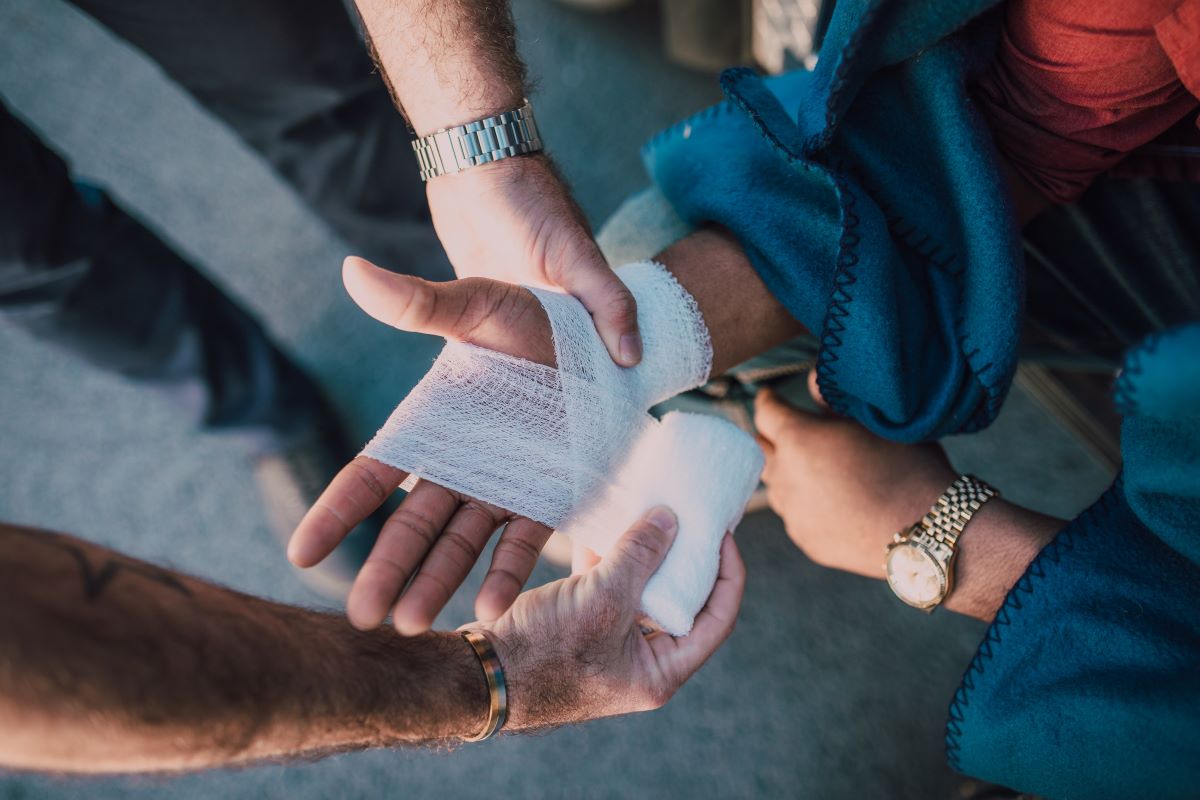
First Aid and Hygiene
While a bit of luxury, if there’s room in your in-car emergency kit, the last of the four essentials you will want to grab is some first aid and hygiene items. A standard first-aid kit comes with most first aid essentials, or you can build your own using your preferred products. You might also add items like a tourniquet, eyewash, and tissue adhesive or super glue to more catastrophic emergencies.
Personal hygiene can go a long way in preventing everyday scenarios from becoming emergencies, so if you have room, add in some items like a toothbrush and toothpaste, floss, any personal medications, sanitary wipes, or even soap.
Read More: Mommy’s First Aid Kit Essentials
While you might be excited about your new in-car emergency kit, no one wants to have to use it. But being prepared for the worst can sometimes be its own sort of calm and knowing you have the tools you need in an emergency is the first step toward getting through one. Of course, there are many other extras you may wish to add to your in-car emergency kit, like hand warmers, clothing items, etc. as you have room or based on your preferences. Get creative, and plan for the worst so it’ll never happen.
WANT TO READ MORE?
Check out Daily Mom’s Safety Section for more advice, tips, and tricks.
CONNECT WITH DAILY MOM
💖 NEWSLETTER: DAILY READS IN YOUR INBOX 💖
Sign up to receive our picks for the best things to do, see and buy so you can relax and focus on more important tasks! Let us help you be the best version of yourself you can be!
BE SOCIAL WITH US
📌 LOVE IT? PIN IT!📌
Photo Credits: Unsplash, Pexels
